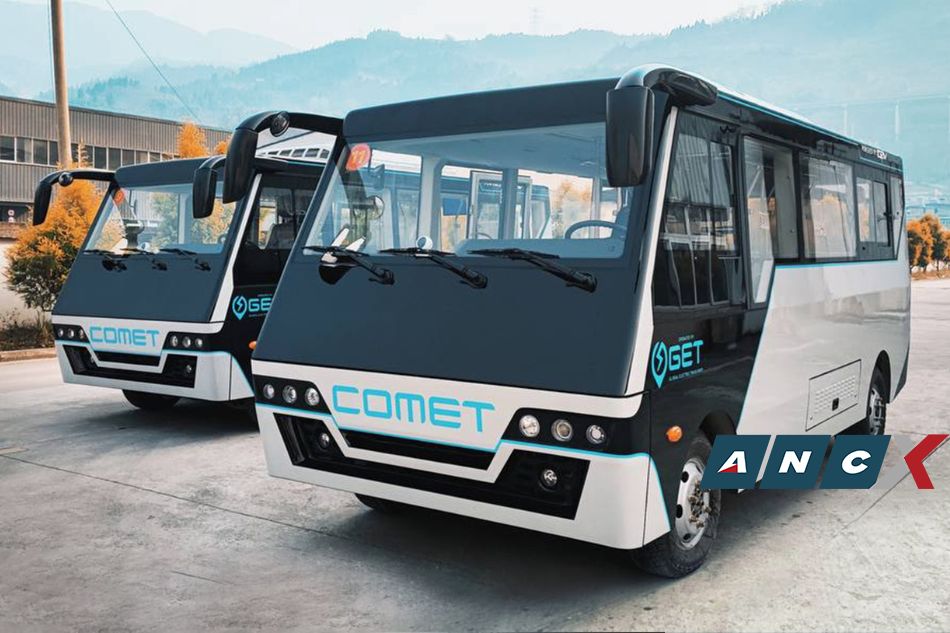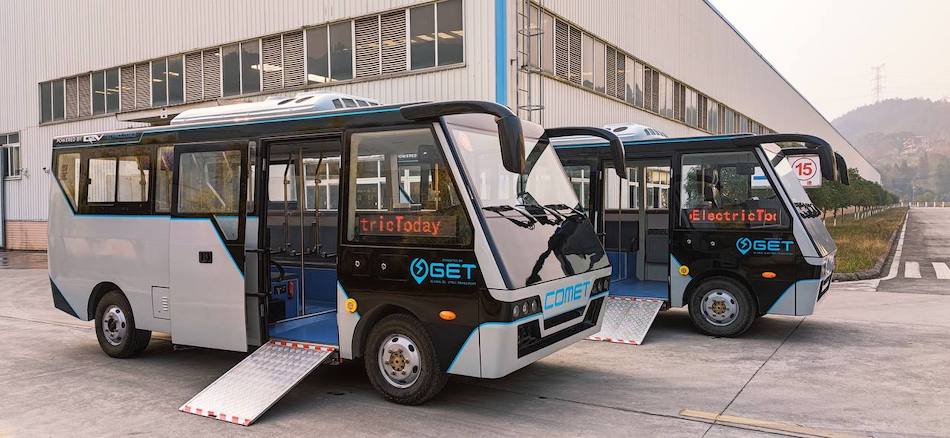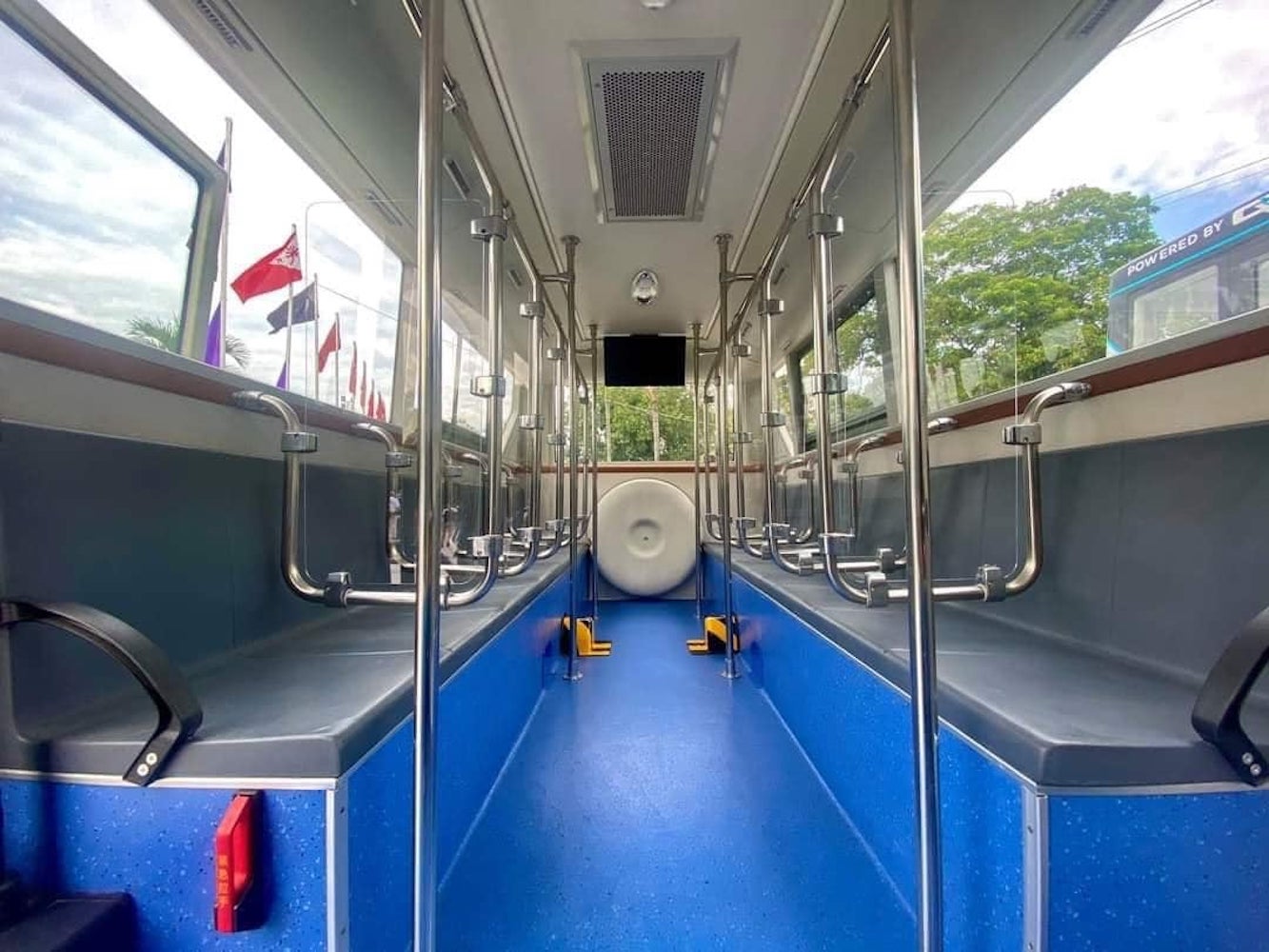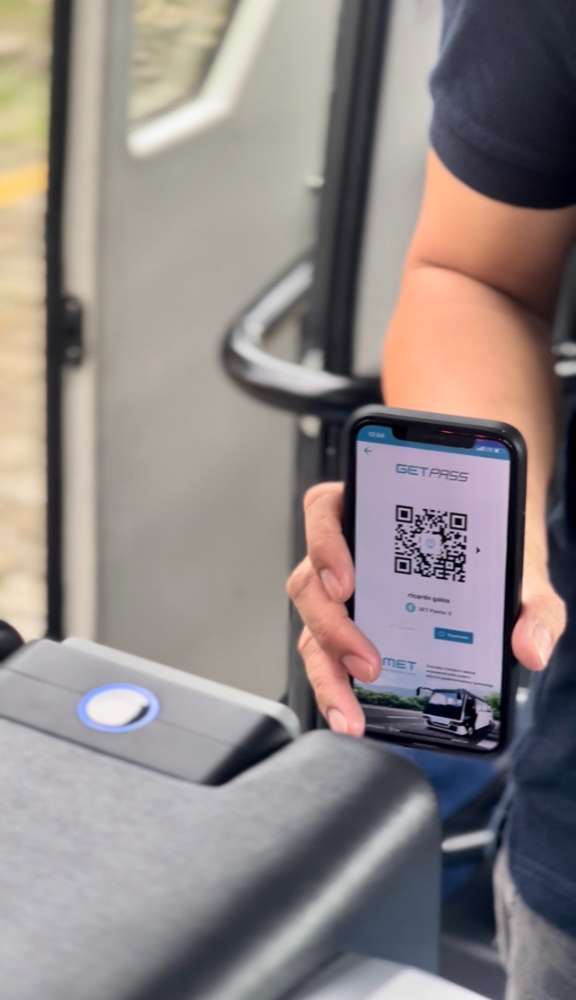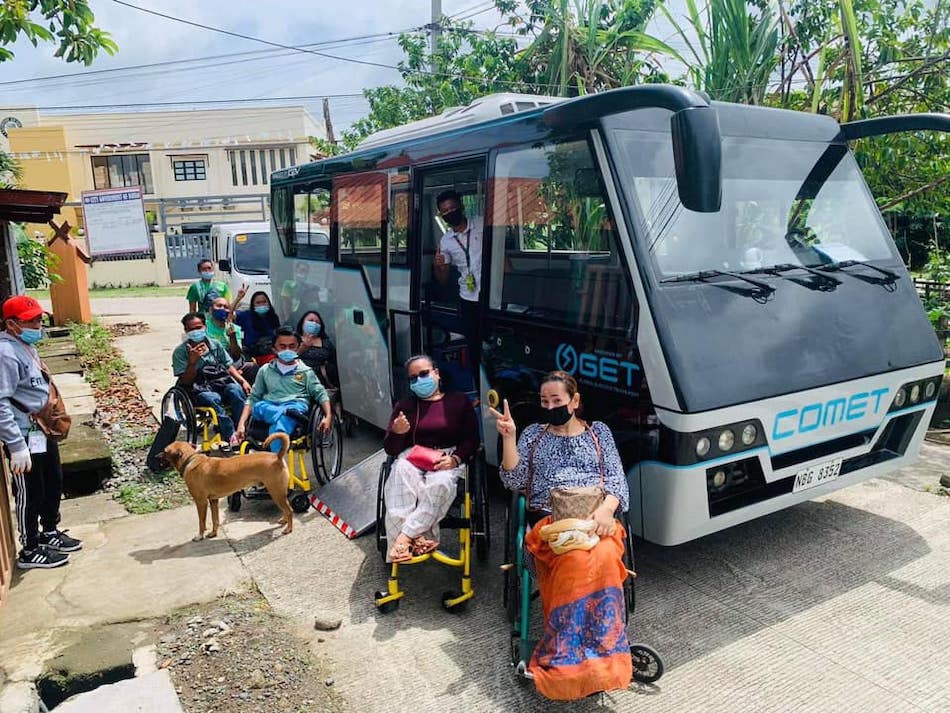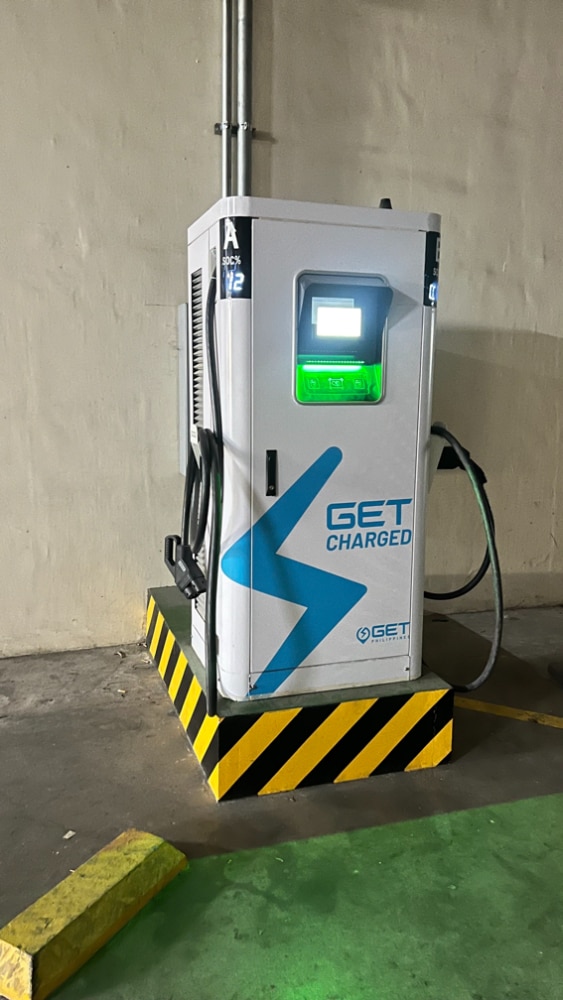For members of the workforce who have returned to the office setting, getting to work and going home can easily be the most stressful parts of the day. Often, commuters have to endure long queues at the MRT/LRT/bus stations, scramble for seats in PUVs, and then endure rush hour traffic.
The 2022 Urban Mobility Readiness Index released last November confirms this problem, indicating Manila’s situation as lagging behind in “urban mobility readiness.” The capital ranks 58th among the 60 cities around the world with the worst public transit systems. It also ranked 48th for Sustainable Mobility and 56th for Public Transit.
The study conducted by research firm Oliver Wyman Forum and the University of California, Berkely indicates the key problems of Manila’s transport system—“poor quality of roads in the metropolitan area and the limited regional connectivity provided by the national road network.” The research bodies also hinted at a road to a solution. “Manila is congested and polluted but a low level of car ownership should help prevent these problems from worsening.”
Hoping to address this problem by providing commuters a more convenient transport system and by reducing pollution and road congestion is Global Electric Transport (GET). With the help of a Formula E company based in Barcelona, Spain called QEV Technologies, GET developed a world-class fully electric shuttle that has been rolled out in several spots in the Philippines including Metro Manila, Iloilo, Batangas, Baguio and Davao City.
Former Taguig City Mayor Freddie Tinga, who is one of the project’s key proponents, says he and his team have been working on this E-vehicle over the last eight years. So he’s happy to finally find the right technology partner to help his group build what they now call COMET (or Community Optimized Managed Electric Transport), a state-of-the-art microbus.
ANCX had a chance to test ride the COMET recently and we’re convinced it is indeed a smarter alternative to taking a jeepney, bus, or the light rail transit. The six-meter, minimalist looking shuttle can seat 20, with 10 more standing comfortably on the center floor.
The vehicle is fully airconditioned and has a wheelchair slot for the convenience of customers with disabilities. It has a range of 100 kilometers when fully charged with AC on and equipped with a fast-charging technology—it only takes about 45 minutes to fully charge each unit.
Range anxiety is eliminated too, says Tinga, because GET has built a complete ecosystem for the EVs. “Kami na ang naglatag ng charger network,” he tells us. So far, the group has deployed seven fast chargers in different locations, and will be installing five more in their Makati office. “Right now, yung pito na yun, we already have the largest fast charger network in the Philippines,” claims the ex-Taguig chief.
Since the routes are pre-scheduled, E-vehicle drivers are able to estimate when they need to charge. But they also do “opportunity charging”—meaning plugging in each time opportunity allows. And since it’s an EV, it has zero carbon emission so it’s more environment-friendly.
Alongside the EV itself, GET also developed a mobile app called GET Pass which facilitates ride booking, automated fare collections, fleet management, and passenger management.
GET marketing manager Eric Galos clarifies that COMET doesn’t operate like a public transport but as a membership shuttle servicing specific groups, organizations, or companies. On the day we met with Tinga and company, they discussed with a Persons-with-Disabilities group headed by Carmen Zubiaga how the two entities can work together in rolling out a PWD-friendly transport route.
Currently, they are working with corporate clients like Filinvest Corporate City, J.P. Morgan, and SM in providing rides to their employees and tenants. “We have the SM routes (from SM Fairview to SM Megamall), and we just met with the Union Bank people, so we’re going to have a shuttle from Ortigas to San Pedro, Laguna,” Tinga offers.
What GET forms are partnerships, says Tinga. The client shoulders half the cost of the vehicle (P2.25 million) and GET subsidizes the remaining P2.25M. Then the two parties will do revenue-sharing on the operations. “At least guaranteed sila na ka-partner kami, we will fix and replace the batteries if needed. That’s the biggest expense and that’s on us. Kami na ang sumasalo ng mga ganoong problems and concerns,” says Tinga. The routes are customizable as per client’s request or depending on needs that arise overtime.
Galos says passenger safety is assured since pickup and dropoffs are tracked and documented by the Get Pass app. The EV is also equipped with a CCTV camera to monitor and record passenger behavior, which could be used to better tailor-fit the vehicle service stops and schedules. Payment is cashless and contactless—members buy points using GCash and use their Get Pass app to scan a QR code when they board and get off the bus. Rate per ride is close to that of a UV Express which is PHP2 per kilometer.
So far GET has released 63 units all over the country and their goal is to roll out 500 to 600 within the year. Tinga says his goal is for the COMET to become the default alternative of Filipinos who would like to avail a safer, more convenient, and environment-friendly ride. Will it be the solution to the Filipinos’ age-old traffic and transport woes, or will it just mean additional vehicles on Manila’s already congested roads?
Photos courtesy of GET


